Rocket evolution from the Saturn V to Starship
Starship's first launch realizes decades of spacecraft design dreams
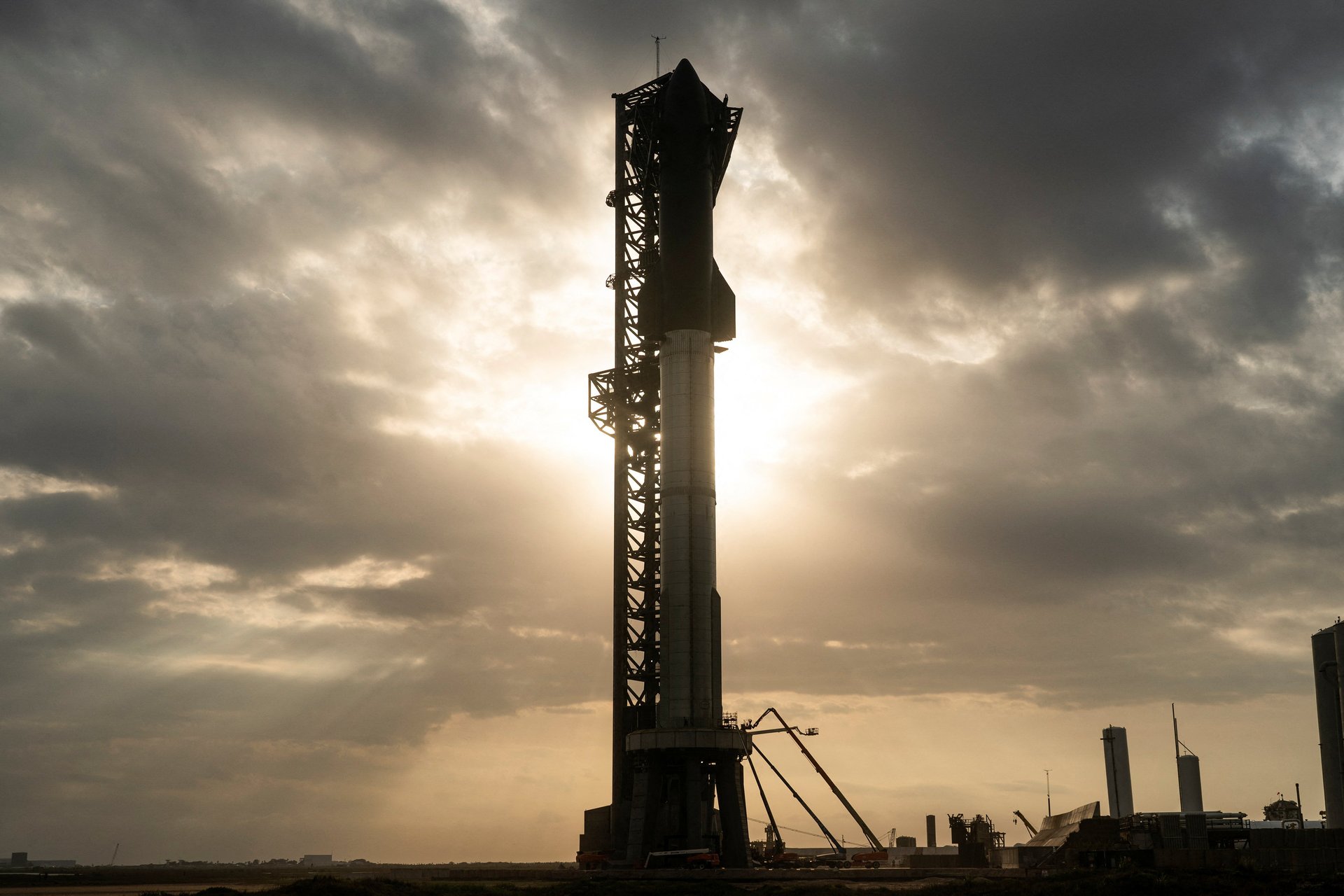
Starship’s first launch follows decades of rockets that came before it. Here’s how rocket design has evolved in the US since the 1960s.
2 / 7
Saturn V
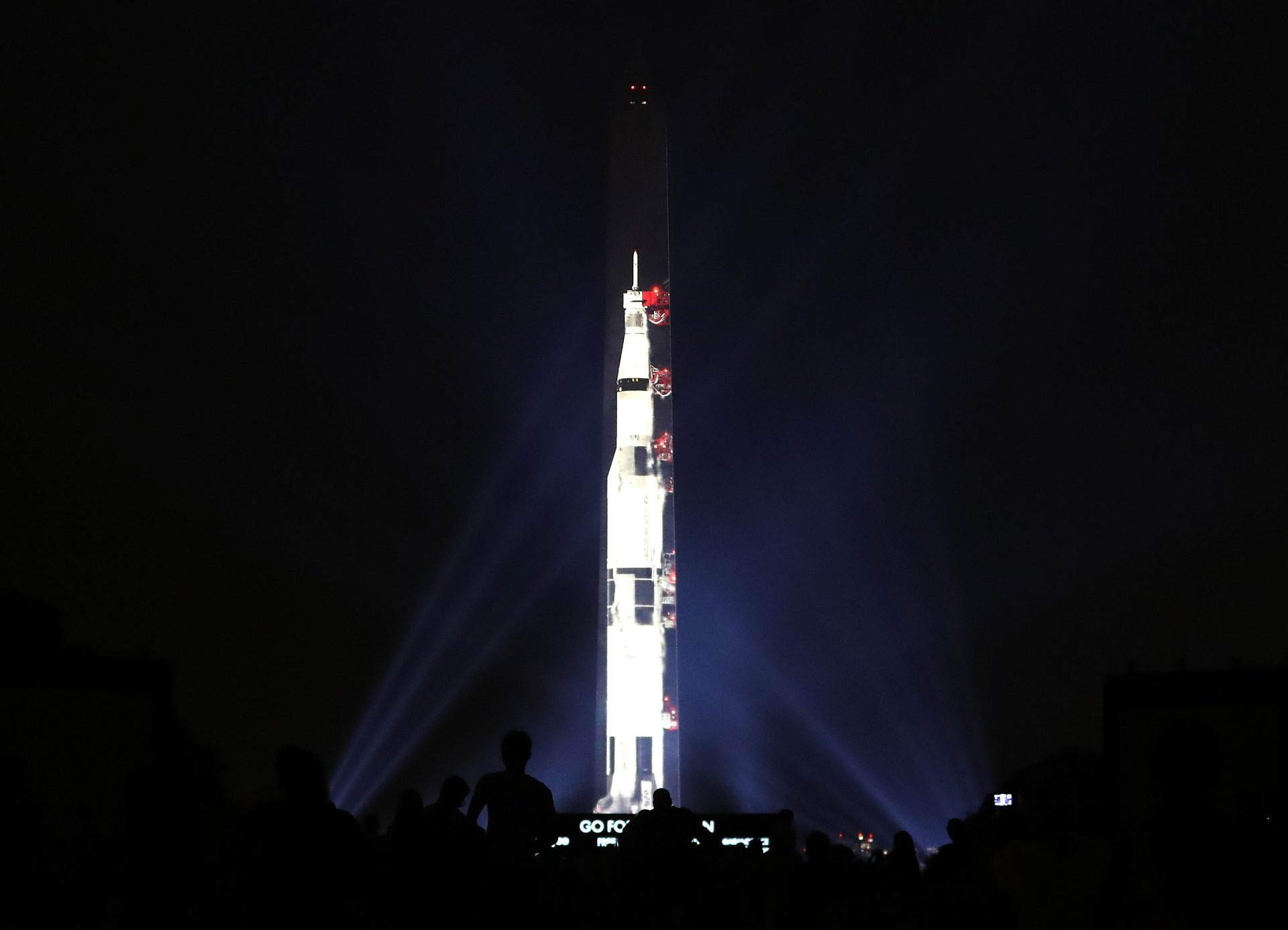
The Saturn V is the only launch vehicle that has carried humans beyond low Earth orbit. It was developed by NASA under the Apollo program to take humans to the moon. It is a three-stage launch vehicle, with each stage using its own set of rocket engines to push the spacecraft higher before being released one by one as the vehicle gains altitude. It was retired in 1973 because of aging technology.
3 / 7
Space Shuttle
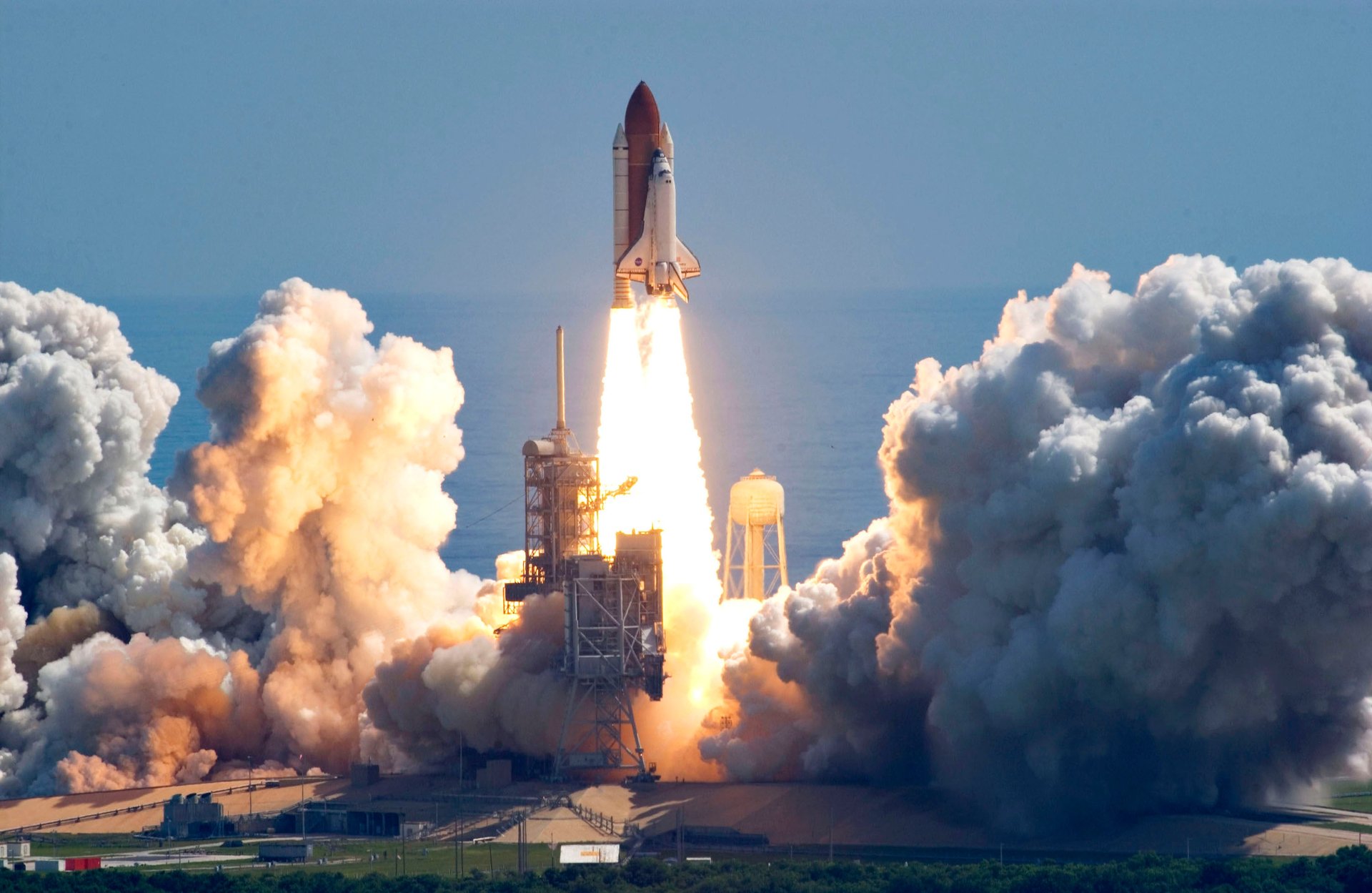
The Space Shuttle was designed to be the first reusable spacecraft and to serve the needs of everyone from NASA astronauts and private companies to the US military. The vehicle flew 135 times and played a major role in launching the Hubble Space Telescope and the International Space Station. Two tragic accidents—the loss of Space Shuttle Columbia in 1986 and Columbia in 2003—convinced NASA that the vehicle could not be operated safely, and it flew for the last time in 2011.
4 / 7
Falcon 9
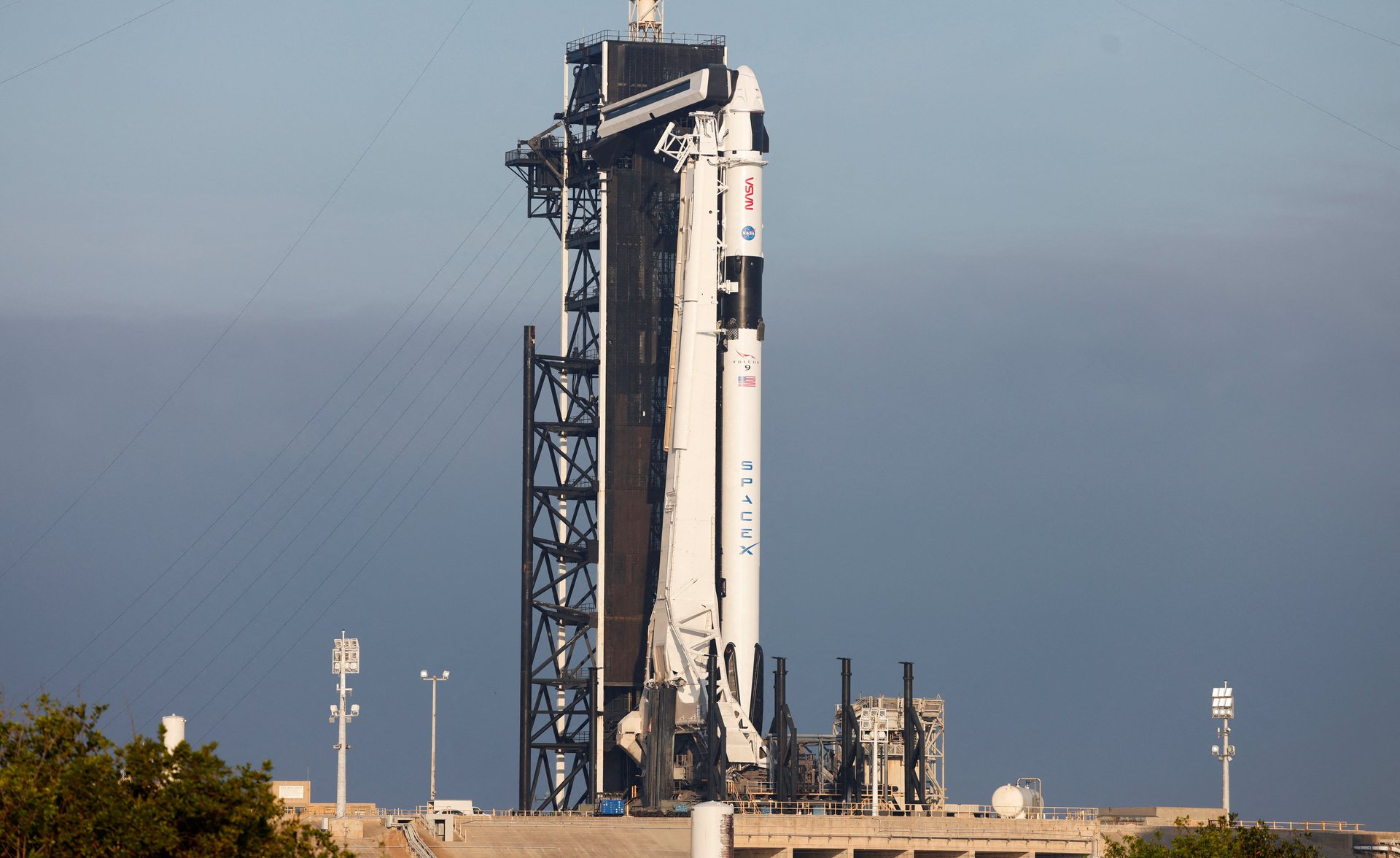
The Falcon 9 was the first launch vehicle with a reusable booster. After it delivers spacecraft to orbit, the booster is capable of landing autonomously and then being reused. It was the first major vehicle developed by SpaceX, and was built in a partnership with NASA to replace the Space Shuttle as the workhorse vehicle in low Earth orbit. The Falcon 9 is now the cheapest and most-flown rocket, launching astronauts, satellites, and space probes for customers around the world.
5 / 7
Falcon Heavy
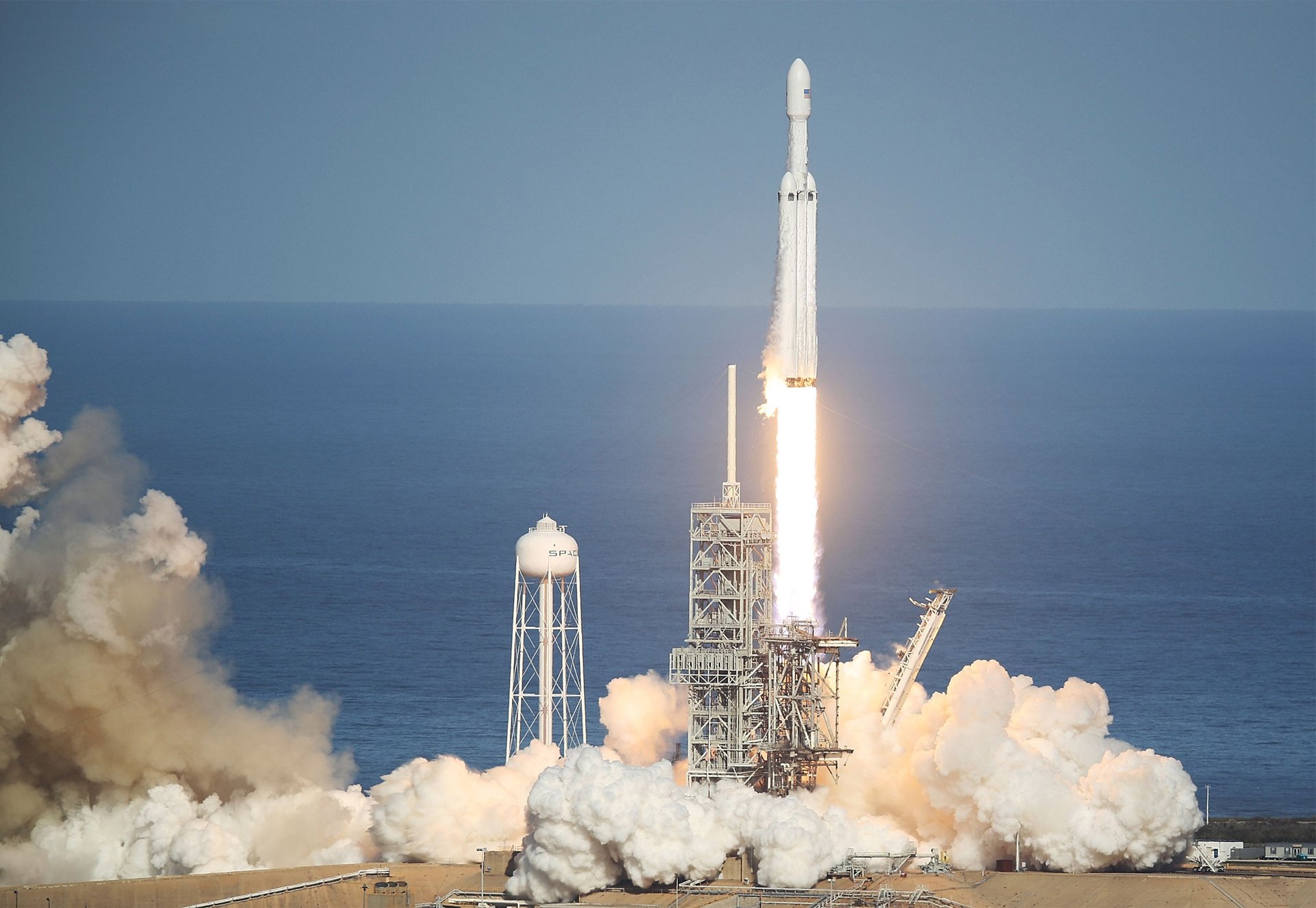
The Falcon Heavy is based on SpaceX Falcon 9. The design features three rocket boosters, with the ability to return all three back to Earth. Falcon Heavy has the second highest lift capability of any operational rocket, and is mainly used to fly large spacecraft for the US government.
6 / 7
Space Launch System
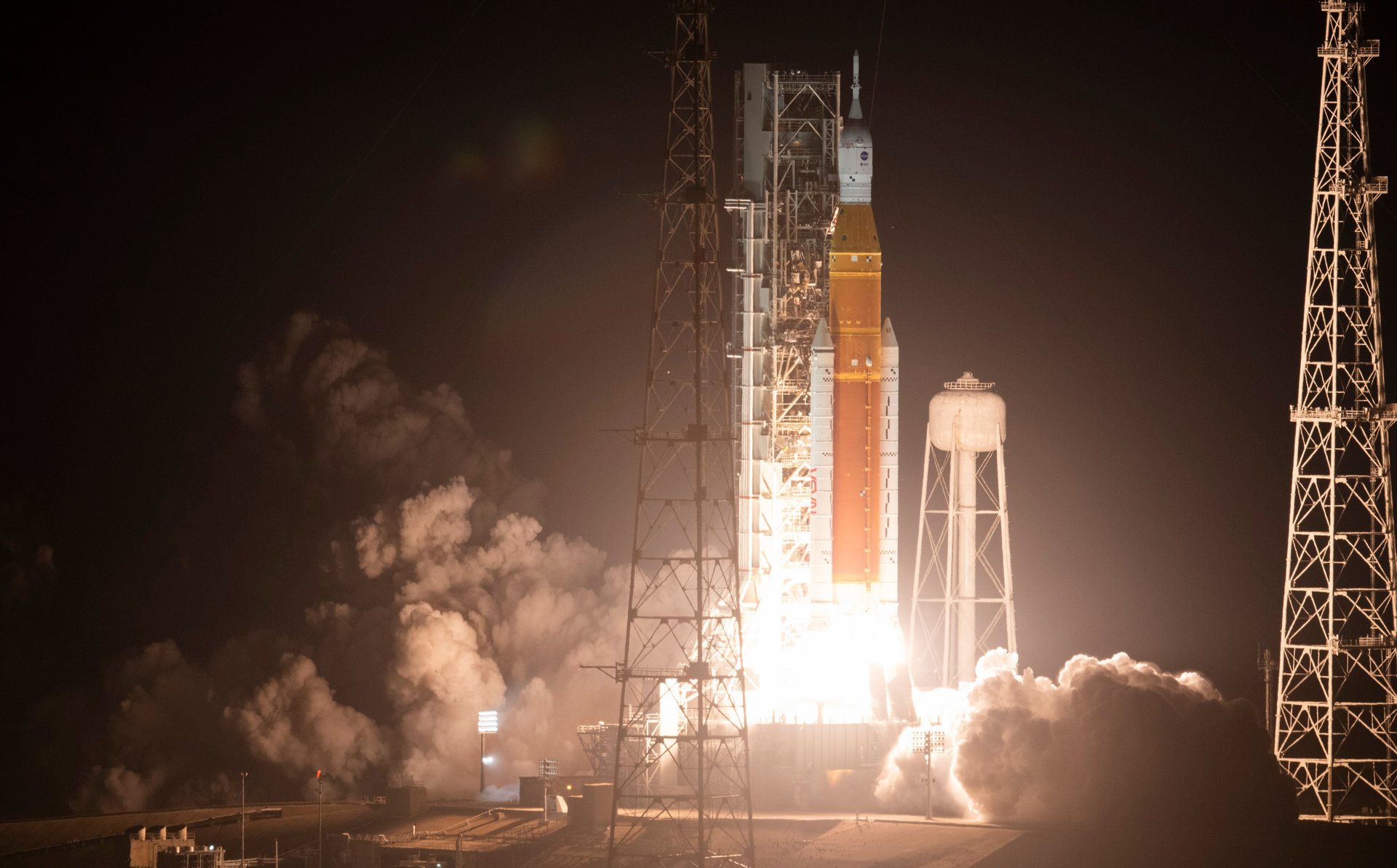
The Space Launch System (SLS), developed by NASA to return astronauts to the Moon, has the highest payload capacity as well as the greatest liftoff thrust of any rocket in operation. Its engines were flown on previous Space Shuttle missions. The vehicle successfully launched an uncrewed Orion spacecraft around the Moon in 2022, and will be used to fly astronauts for the first time in 2024.
7 / 7
Starship
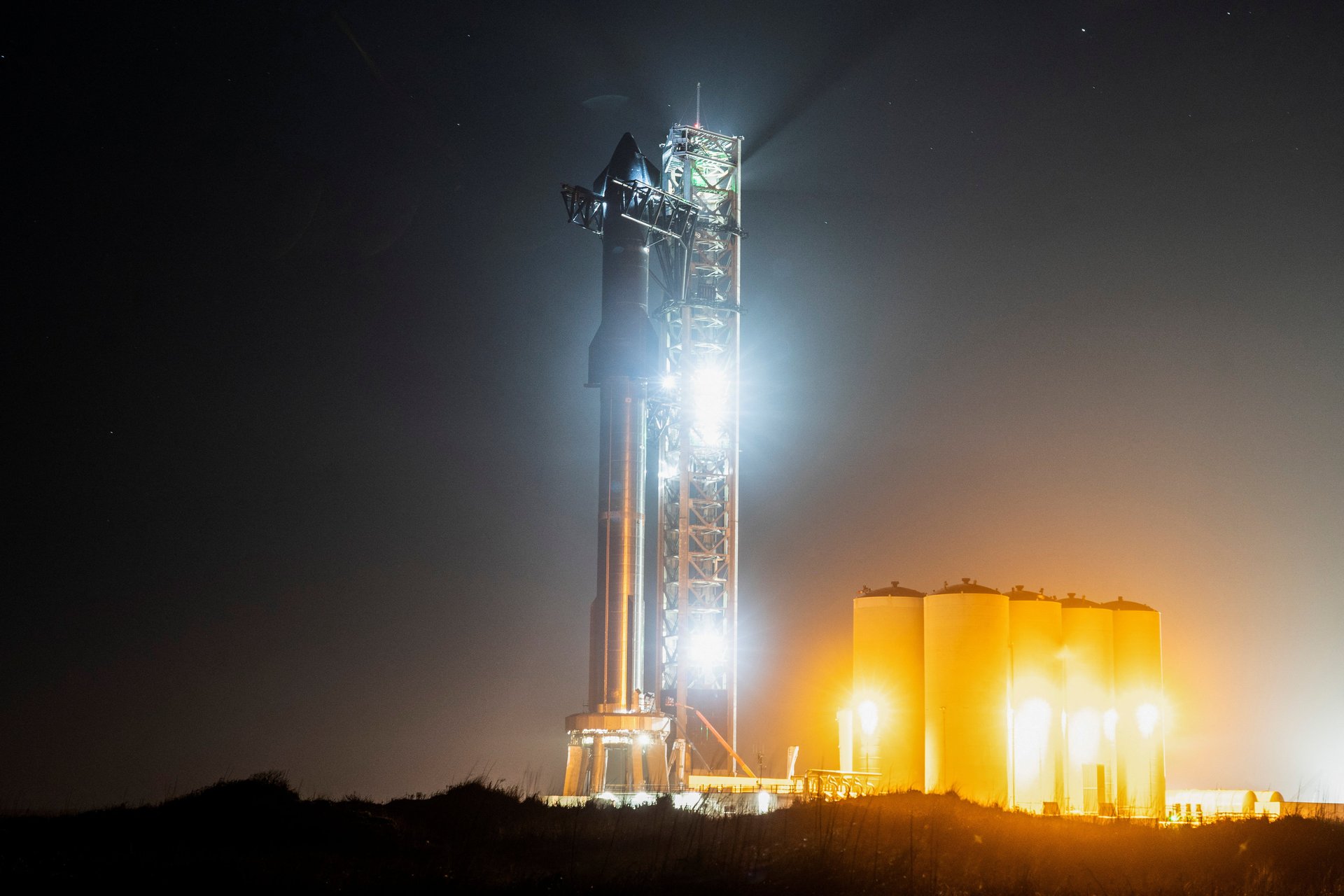
Starship and its Super Heavy booster is the tallest and most powerful launch vehicle ever built. It is also the first launch vehicle intended to be fully reusable. The unusual design, featuring stainless steel and the largest number of engines on any single booster, is intended to realize Elon Musk’s dream of an ultra-efficient spacecraft. However, its sheer complexity will make getting it into orbit a major challenge. NASA plans to use Starship to land astronauts on the Moon as soon as 2026.